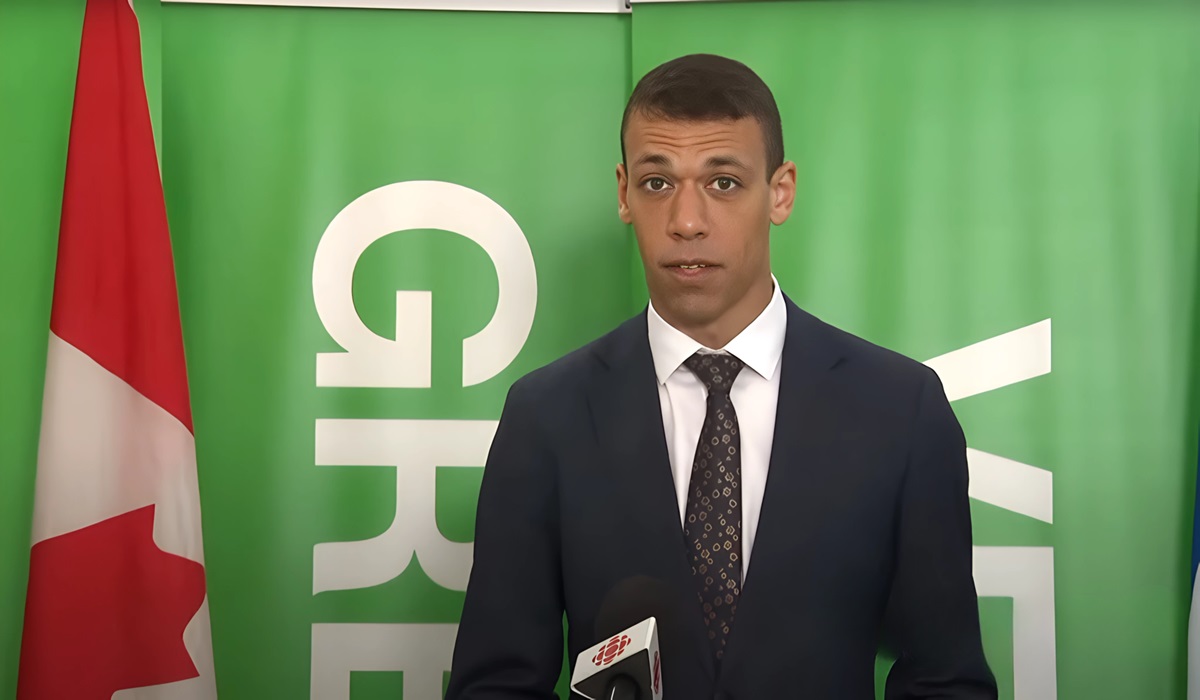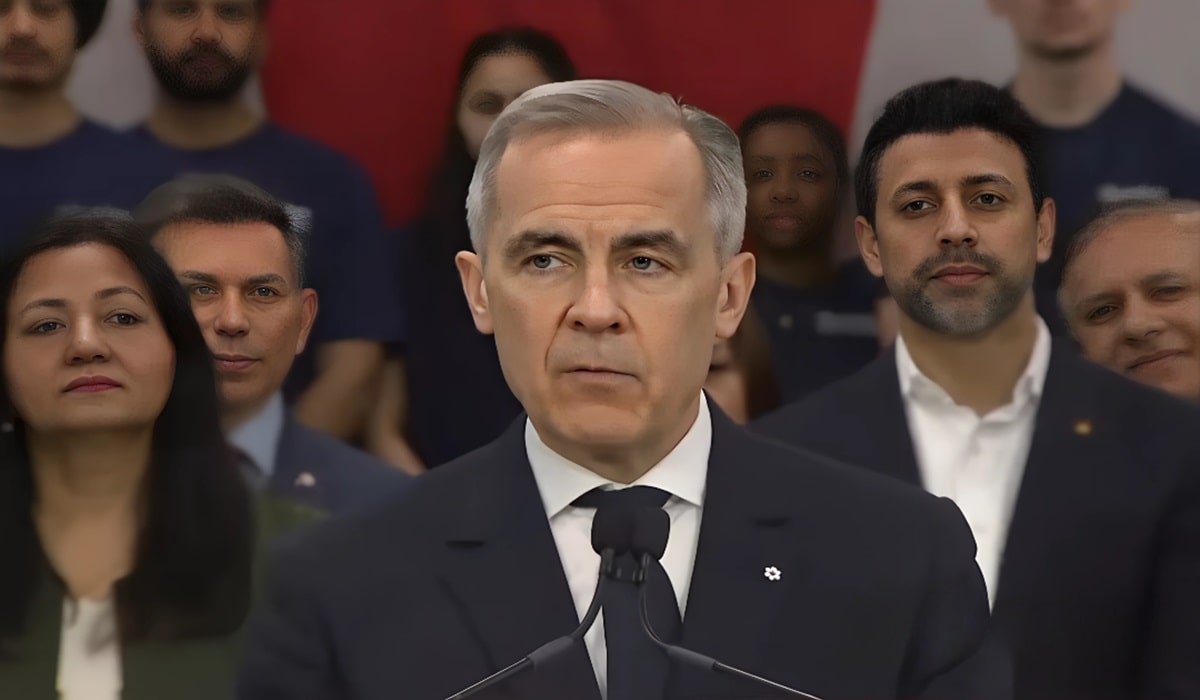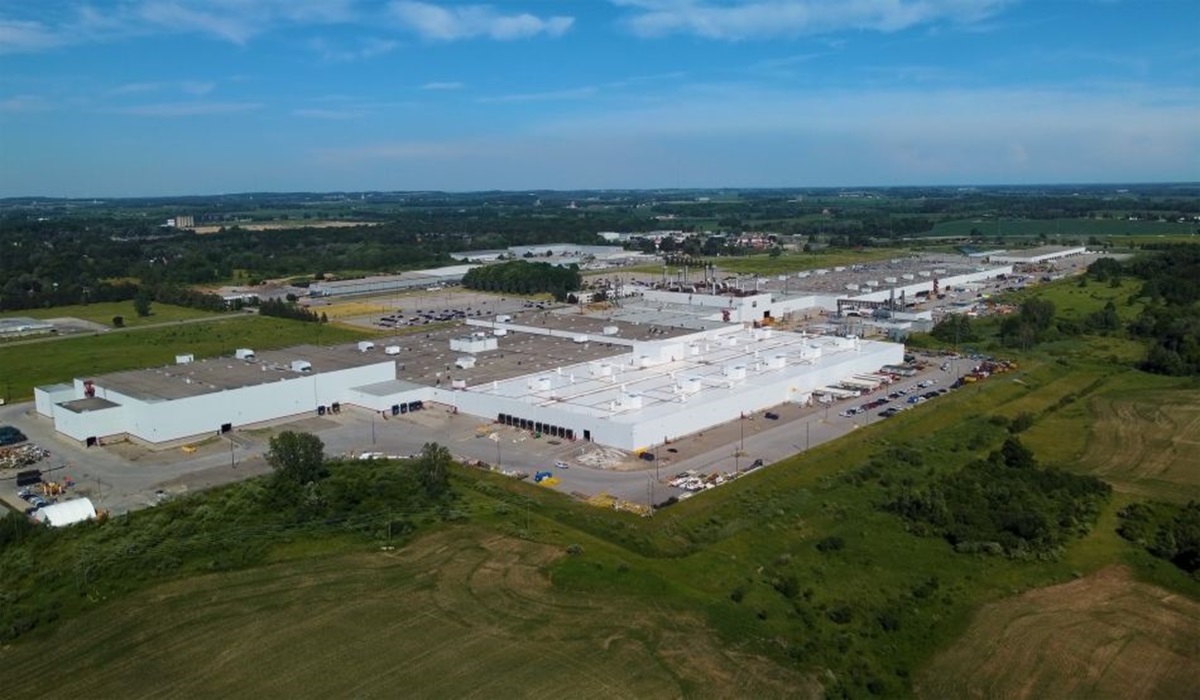Image Credit, Maximilianovich
Once upon a time in Canada, having a family doctor was an unspoken guarantee—a cornerstone of public health care, a thread in the social safety net we took pride in. But that time is gone. Today, having a family doctor is no longer a right. It is a privilege, one that millions of Canadians no longer enjoy. We have entered an era where consistent, personalized care is reserved for the lucky few, and the rest are left to navigate a crumbling system marked by chaos, waitlists, and urgent care clinics stretched beyond capacity.
How did we get here?
It didn’t happen overnight. Years of underfunding, poor planning, and political indifference have slowly hollowed out the foundation of Canada’s health care system. Medical schools haven’t kept up with demand. Young doctors are avoiding family medicine altogether, deterred by burnout, bureaucracy, and a compensation model that doesn’t reflect the complexity or intensity of the job. And as thousands of family physicians retire or move into other fields, replacements simply aren’t coming fast enough.
The numbers are bleak. According to recent data, nearly one in five Canadians—close to 7 million people—do not have a regular family doctor. In provinces like British Columbia and Nova Scotia, the situation is even worse. People are lining up outside walk-in clinics in the early morning hours, hoping to be seen. Others are being told they’ve been placed on waiting lists that are months—sometimes years—long. Some receive a letter informing them their doctor is retiring with no replacement in sight. Others are forced into a cycle of jumping from one clinic to another, re-explaining their history to strangers, and relying on patchwork care.
And the consequences are deadly.
Without continuity of care, chronic illnesses go unmanaged. Mental health issues are left to fester. Early signs of cancer, heart disease, and diabetes are missed or misdiagnosed. The lack of a family doctor doesn’t just inconvenience—it kills. It also drives up the burden on emergency rooms, where desperate patients go when there is no other option. ER wait times have surged, hospital staff are overwhelmed, and patients are often left waiting on gurneys in hallways for hours, if not days.
Governments, both federal and provincial, have made big promises. They’ve thrown around buzzwords like “team-based care” and “virtual health,” but none of these are meaningful if the core relationship—one doctor, one patient, long-term—is dying off. The system is reacting, not rebuilding. There’s been no coordinated national strategy to address the growing doctor shortage. Provinces blame Ottawa, Ottawa blames the provinces, and all the while, Canadians are suffering.
The deeper issue, though, is cultural. Somewhere along the way, we stopped treating health care as a sacred public good and started treating it like a service—one to be streamlined, privatized, or outsourced. In doing so, we eroded the idea that seeing a doctor who knows you, your family, and your history is essential. But it is. Because when health care becomes transactional instead of relational, it fails.
The family doctor crisis in Canada is not just a health issue—it’s a national identity crisis. We pride ourselves on universal health care, but that promise rings hollow if millions can’t even get a checkup. If having a doctor who knows your name, your background, and your struggles is now considered a luxury, then what, exactly, are we proud of?
Until we start treating this as the emergency it is—and demand bold, systemic change—we will continue to drift further from the Canada we were promised, and closer to a reality where even basic care is out of reach.









